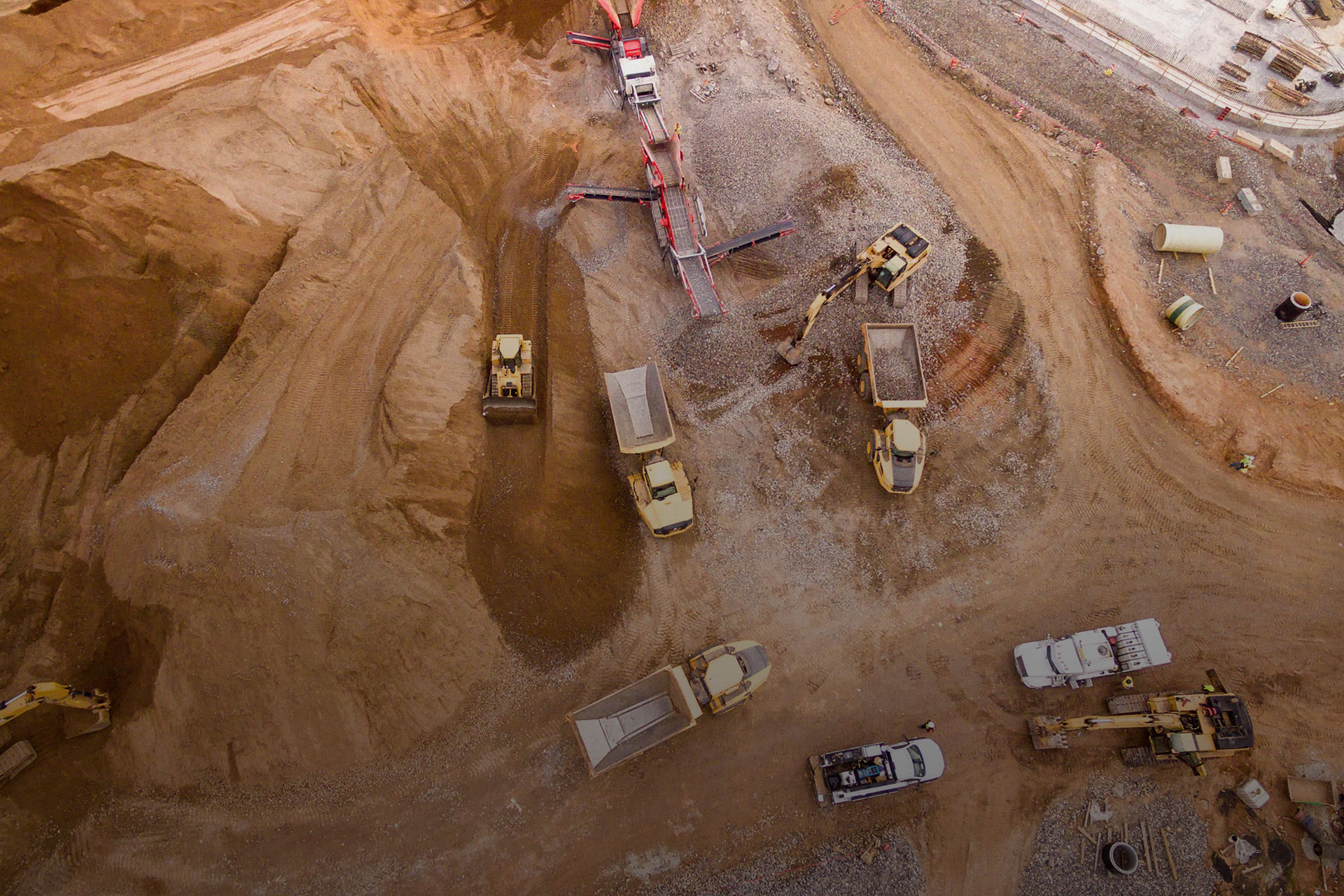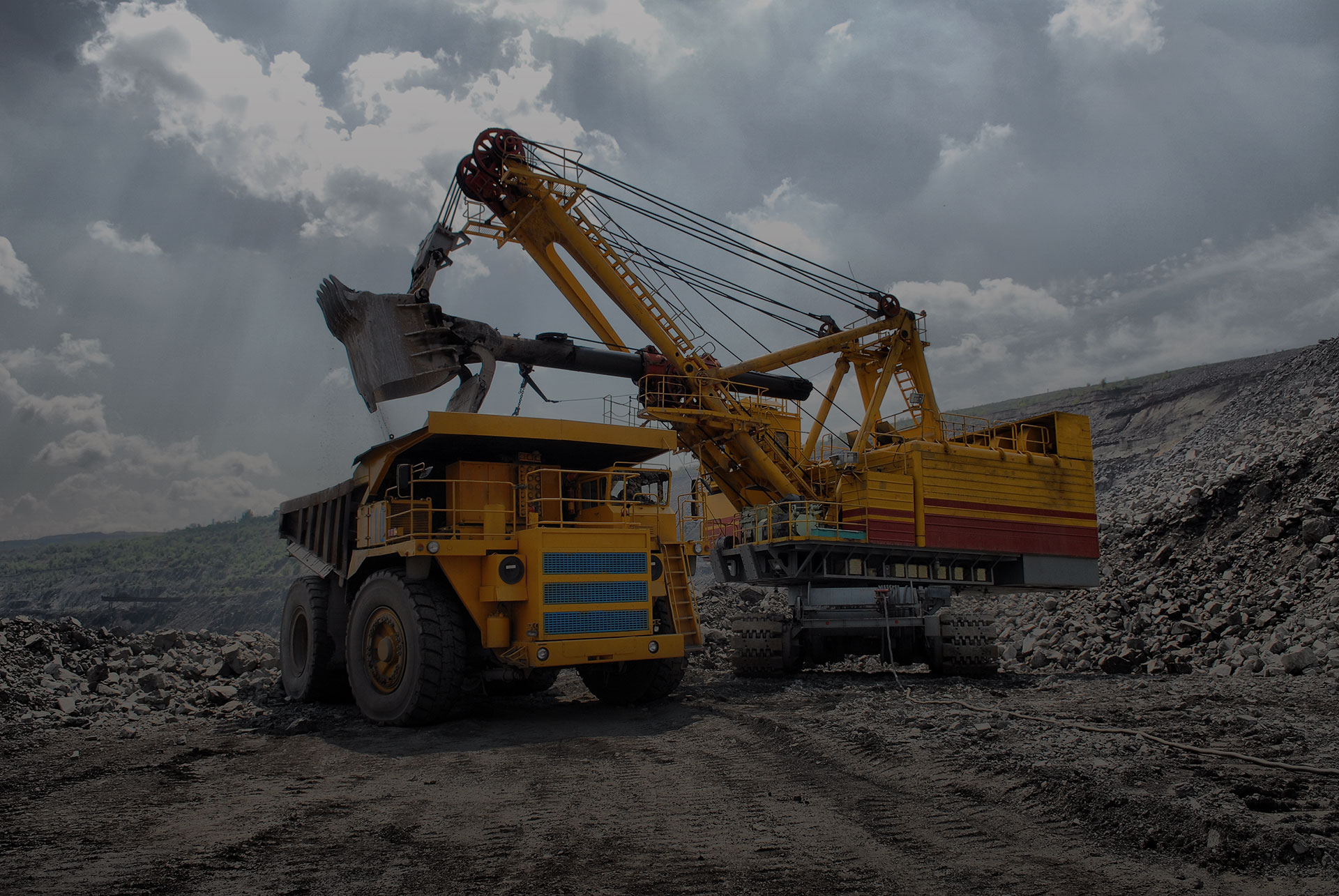The first two small series introduced common stone and common soil. This issue will show you the trucks that carry the stones and earth. What kind of trucks are commonly used in New Zealand? How much can a truck hold? What Access does it take to get a truck through safely?

Trucks commonly used in New Zealand can be divided into 4, 6, 8 and more than 8 wheels. The deadweight ranges from 5 tons to 50 tons. For the construction of residential buildings, the most commonly used transportation of soil and stone is the 6-wheel 10-ton truck.

The total length of the 6-wheel truck is about 7.7m.
The height is about 3.3m and the width is about 2.5m.
The vehicle weighs about 10.5 tons.
(different brands are slightly different). So for the truck access lane,The width shall not be lower than 2.8m and the height shall not be lower than 3.4m.

So how many things can you fit into a car?
The bucket of the truck is about 4.8m in length, 2.4m in width and 0.9m in height.Therefore, theoretically speaking, the maximum volume that can be carried is 10.4 cubic meters, and the bucket load cannot exceed 10.5 tons.

Now, one of the questions that people might have is that you can fit 10 cubic meters into a car,
Why can you only pull 6 cubic meters for a load of stones?
It’s a matter of density. Let’s say the ratio of water is 1:1, So 1 cubic meter of water weighs 1 ton. The specific gravity of cylon stone is 1:1.6, so the full load of 6.25 cubic stones is 10 tons. It is impossible to load more than one item, either in weight or in volume, when it is fully loaded.
 In New Zealand, 99% of the stone factories provide Tipping Docket to buy stones. It’s almost always weight in Docket. QEM promises to provide the original receipt of the stone factory for each order to ensure sufficient quantity for each vehicle.
In New Zealand, 99% of the stone factories provide Tipping Docket to buy stones. It’s almost always weight in Docket. QEM promises to provide the original receipt of the stone factory for each order to ensure sufficient quantity for each vehicle.

QEM all trucks are equipped with GPS tracking positioning, real-time monitoring of truck operation, to ensure timely delivery.


